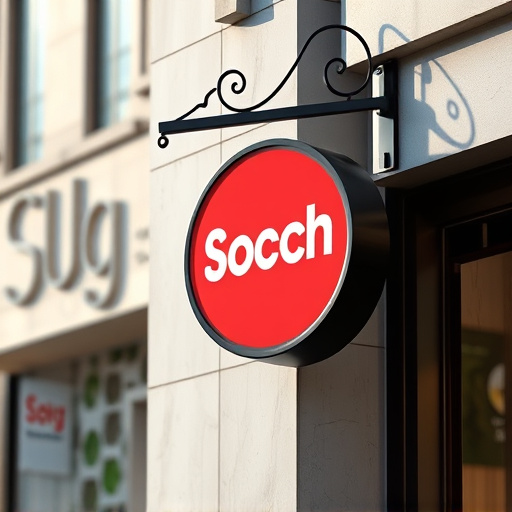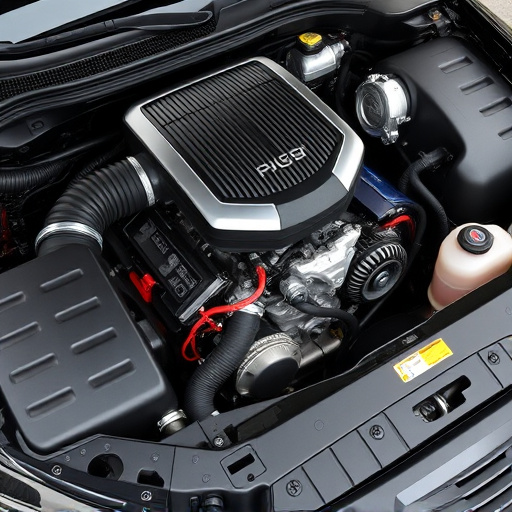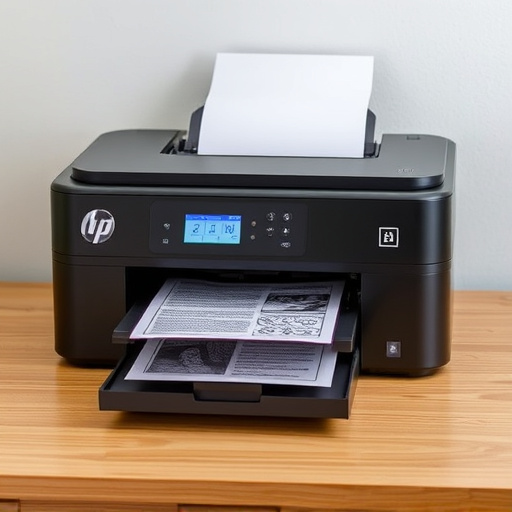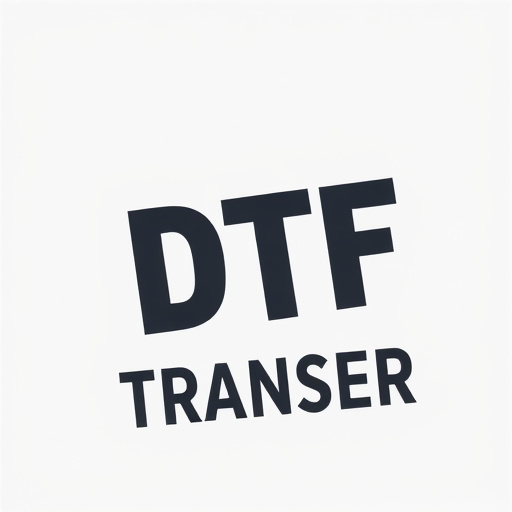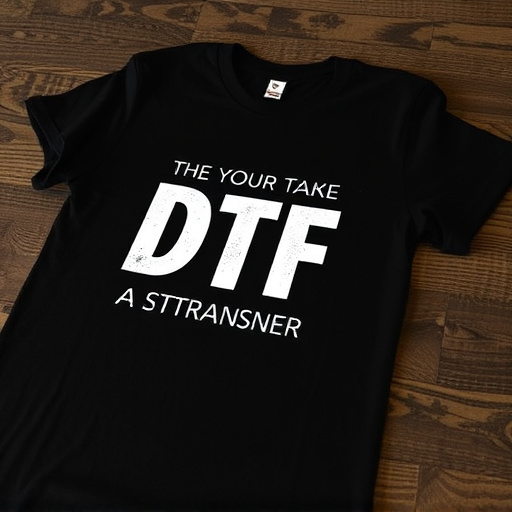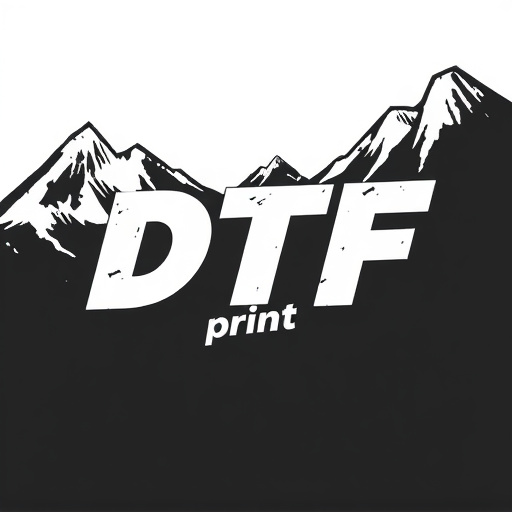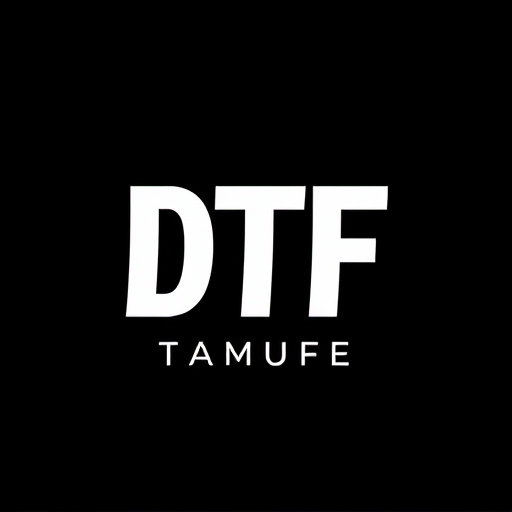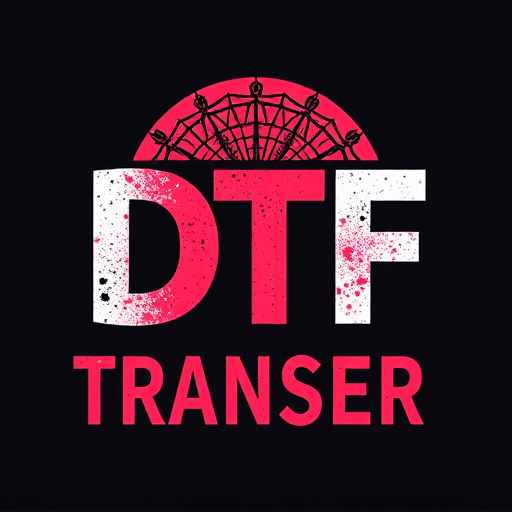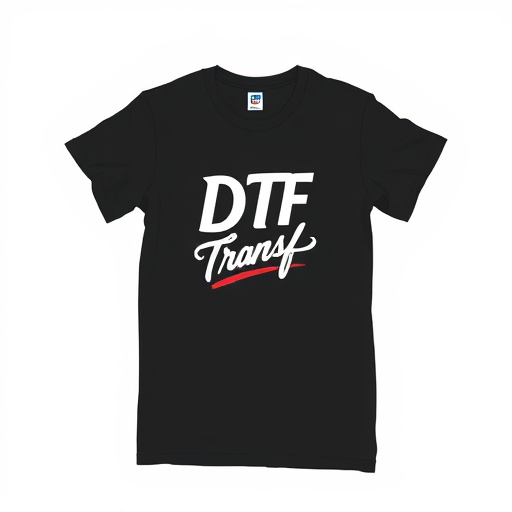Direct-To-Film (DTF) printing is a revolutionary game-changer in custom design production, offering unparalleled versatility and efficiency. It directly applies dye-based inks onto various fabrics, eliminating traditional printing plates, and results in high-quality, vibrant prints suitable for small batches or one-off designs. DTF Transfers stand out for intricate designs with fine lines due to their superior resolution and color intensity. They are cost-effective for smaller orders and complex artwork, making them ideal for custom prints, small businesses, and artisans. In contrast, Heat Transfer Vinyl (HTV) is versatile for various surfaces but may produce slightly blurred edges or reduced color in complex artwork; it excels in applying multiple colors quickly but is more profitable for larger orders. Choosing DTF over HTV depends on desired durability, complexity of design, order size, and specific application.
In the realm of custom printing, Direct-To-Film (DTF) transfers and heat transfer vinyl are two prominent methods. This article delves into the intricacies of each, offering a comprehensive overview for informed decision-making. Understanding DTF transfers’ digital precision and rapidity sets it apart from the traditional heat transfer vinyl process. We explore the quality, durability, cost, and versatility of both, providing insights to help you choose between these game-changing printing technologies. Discover why DTF prints and heat transfer vinyl are revolutionizing the way we personalize merchandise.
- Understanding Direct-To-Film (DTF) Transfers: A Comprehensive Overview
- Heat Transfer Vinyl: Traditional Method and Its Advantages
- Comparison: Quality and Detail of DTF Transfers vs Heat Transfer Vinyl
- Durability and Longevity: Which Option Stands the Test of Time?
- Cost Analysis: Unraveling the Financial Differences
- Application and Versatility: Where Each Method Shines
Understanding Direct-To-Film (DTF) Transfers: A Comprehensive Overview

Direct-To-Film (DTF) transfers are a cutting-edge method of printing that has revolutionized the way we produce custom designs on various materials, especially in the apparel industry. This technology allows for precise and high-quality imaging directly onto fabric or other surfaces without the need for traditional printing plates. DTF involves using specialized inkjet printers to apply dye-based inks onto the target material, enabling intricate patterns and vibrant colors. One of the key advantages is its versatility; it accommodates a wide range of fabrics, from cotton tees to polyesters, offering designers and manufacturers a versatile solution for creating unique, on-demand prints.
DTF Printing offers several benefits over conventional methods. It streamlines production by eliminating the need for plate preparation and setup, making it an efficient choice for small batch sizes or one-off designs. The process is also environmentally friendly, as it minimizes waste and uses water-based inks that are easier on the skin and fabric. Additionally, DTF Transfers result in crisp, detailed prints with excellent color reproduction, ensuring that intricate designs and fine lines are accurately transferred to the final product.
Heat Transfer Vinyl: Traditional Method and Its Advantages

Heat Transfer Vinyl (HTV) has long been the traditional method for creating custom designs on various surfaces. This process involves applying heat and pressure to transfer ink from a carrier sheet onto fabric or other materials, such as T-shirts, hats, and mugs. One of the primary advantages of DTF Transfer is its versatility; it allows for intricate and detailed designs with vibrant colors, making it a popular choice for small businesses, schools, and individuals looking to personalize their items.
Additionally, DTF Printing offers efficiency in production. With this method, multiple prints can be achieved simultaneously, saving time and resources compared to traditional screen printing. This is especially beneficial for orders with many variations or custom designs. The ability to produce on-demand ensures that there’s minimal waste, making it an eco-friendly option as well.
Comparison: Quality and Detail of DTF Transfers vs Heat Transfer Vinyl
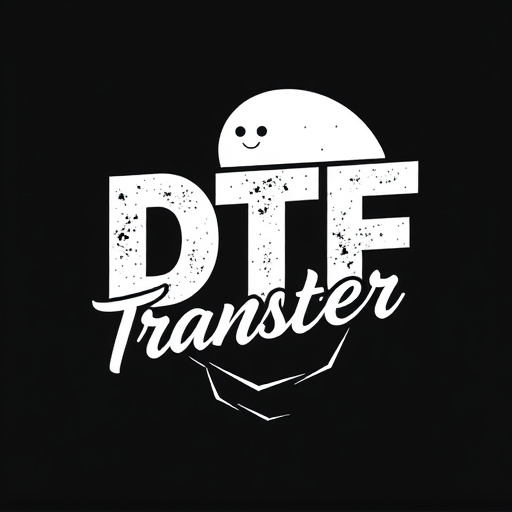
When comparing direct-to-film (DTF) transfers with heat transfer vinyl, the quality and detail of DTF prints often stand out. DTF printing directly onto film offers a higher resolution and more vibrant colors, making it ideal for intricate designs that require fine lines and sharp edges. This method captures subtle details and ensures a visually stunning finish, especially when applied to clothing or other fabric items.
Heat transfer vinyl, on the other hand, while versatile and easy to use, may not achieve the same level of detail as DTF transfers. Vinyl cuts can sometimes result in slightly blurred edges or reduced color intensity, particularly with complex artwork. However, heat transfer vinyl offers unique advantages like the ability to apply multiple colors in a single pass, making it suitable for bold, eye-catching designs that prioritize simplicity and impact over intricate details.
Durability and Longevity: Which Option Stands the Test of Time?
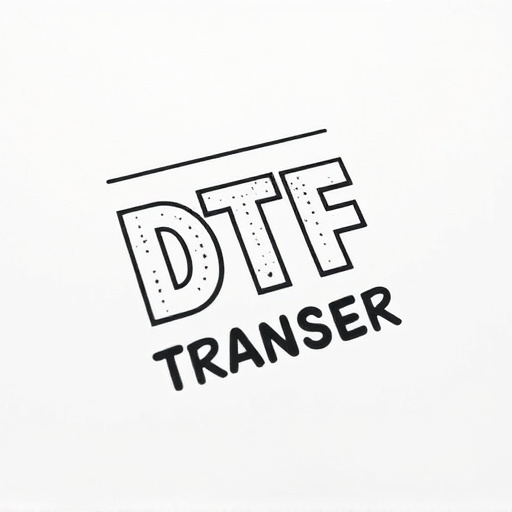
When comparing direct-to-film (DTF) transfers and heat transfer vinyl, durability and longevity are key factors to consider. DTF prints offer a unique advantage with their ability to bond directly to fabric fibers, resulting in superior strength and resistance to fading or peeling over time. This makes them an excellent choice for high-quality, long-lasting applications such as custom apparel or branded merchandise.
On the other hand, heat transfer vinyl (HTV) relies on a bonding agent to adhere to the fabric, which can sometimes compromise longevity. While HTV is still a popular option due to its versatility and ease of application, it may not withstand rigorous use or prolonged exposure to elements like DTF transfers. In terms of durability, direct-to-film transfers have the upper hand, ensuring that the prints remain vibrant and secure for years to come.
Cost Analysis: Unraveling the Financial Differences
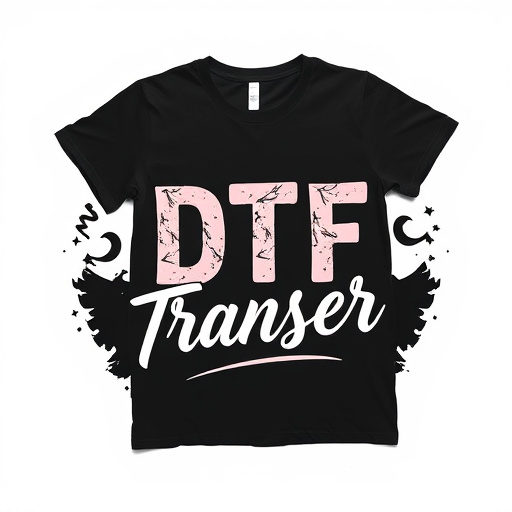
Direct-to-film (DTF) transfers and heat transfer vinyl (HTV) are two distinct methods with notable financial differences. DTF Transfer, a modern printing technique, offers cost-effectiveness for smaller orders and complex designs due to its direct application onto fabric, eliminating the need for intermediates. This method is ideal for custom prints, small businesses, and artisans who want high-quality, detailed DTF Prints without breaking the bank.
In contrast, heat transfer vinyl involves cutting designs from pre-made vinyl sheets and applying them to fabric using heat and pressure. While this process can be more expensive for initial setup due to material costs and equipment requirements, it becomes a cost-saving option for larger orders. HTV is particularly favored by larger businesses and manufacturers because of its versatility, ability to produce consistent results, and potential for long-term savings despite the higher upfront investment in DTF Printing equipment.
Application and Versatility: Where Each Method Shines
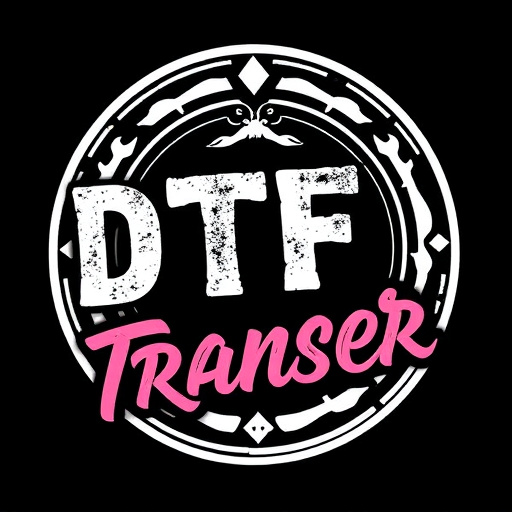
Direct-to-film (DTF) transfers and heat transfer vinyl (HTV) offer distinct approaches to custom printing, catering to unique application needs. DTF transfer is a direct printing method where designs are applied onto a film, which is then pressed onto various materials like fabric, paper, or plastic. This process allows for sharp, vibrant prints on a wide range of surfaces, making it ideal for everything from clothing and accessories to signage and decorations. DTF printing also excels in its versatility, enabling the creation of complex designs with fine details and multiple colors.
On the other hand, heat transfer vinyl is a versatile material that can be cut into various shapes and applied to numerous substrates using heat and pressure. HTV shines in situations requiring intricate cut-out designs, allowing for precise customization on items like hats, mugs, and phone cases. Its flexibility makes it suitable for both small-scale and bulk production, ensuring efficient manufacturing processes. While DTF transfers may have limitations in terms of material compatibility, HTV offers a broader range of applications, especially for items that require a more durable and long-lasting finish.



